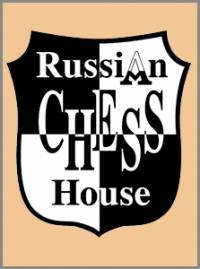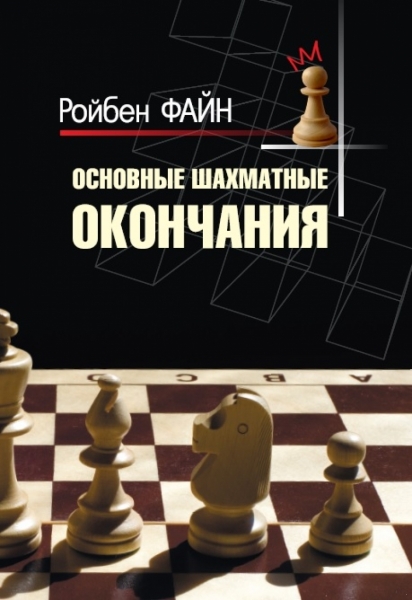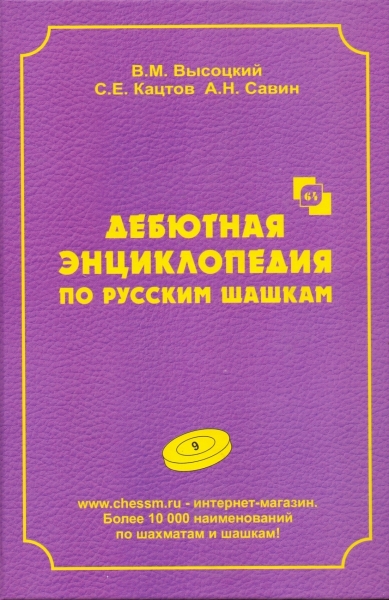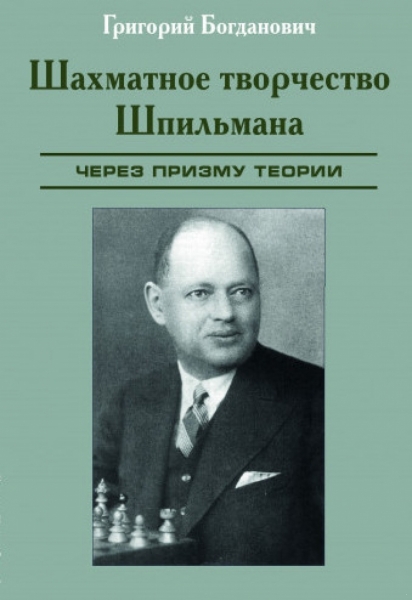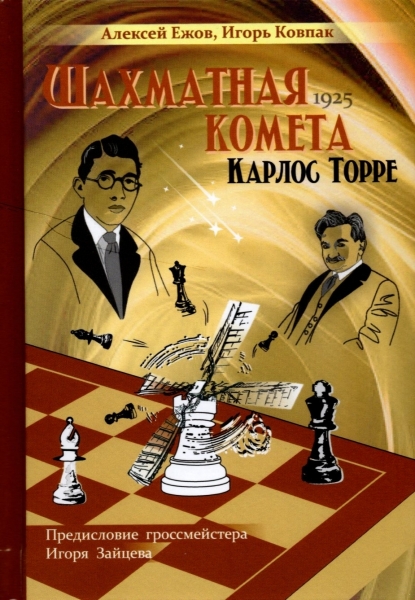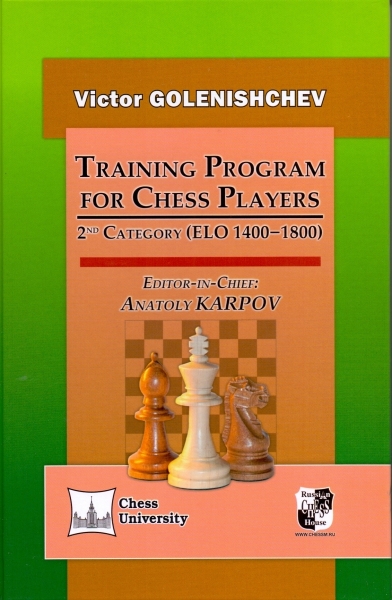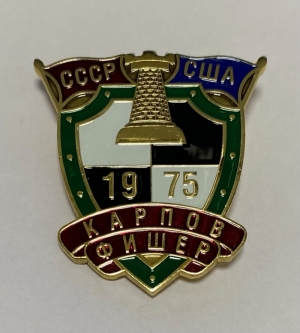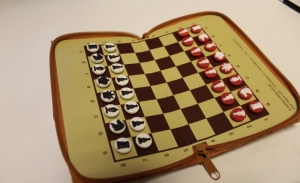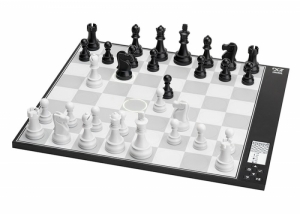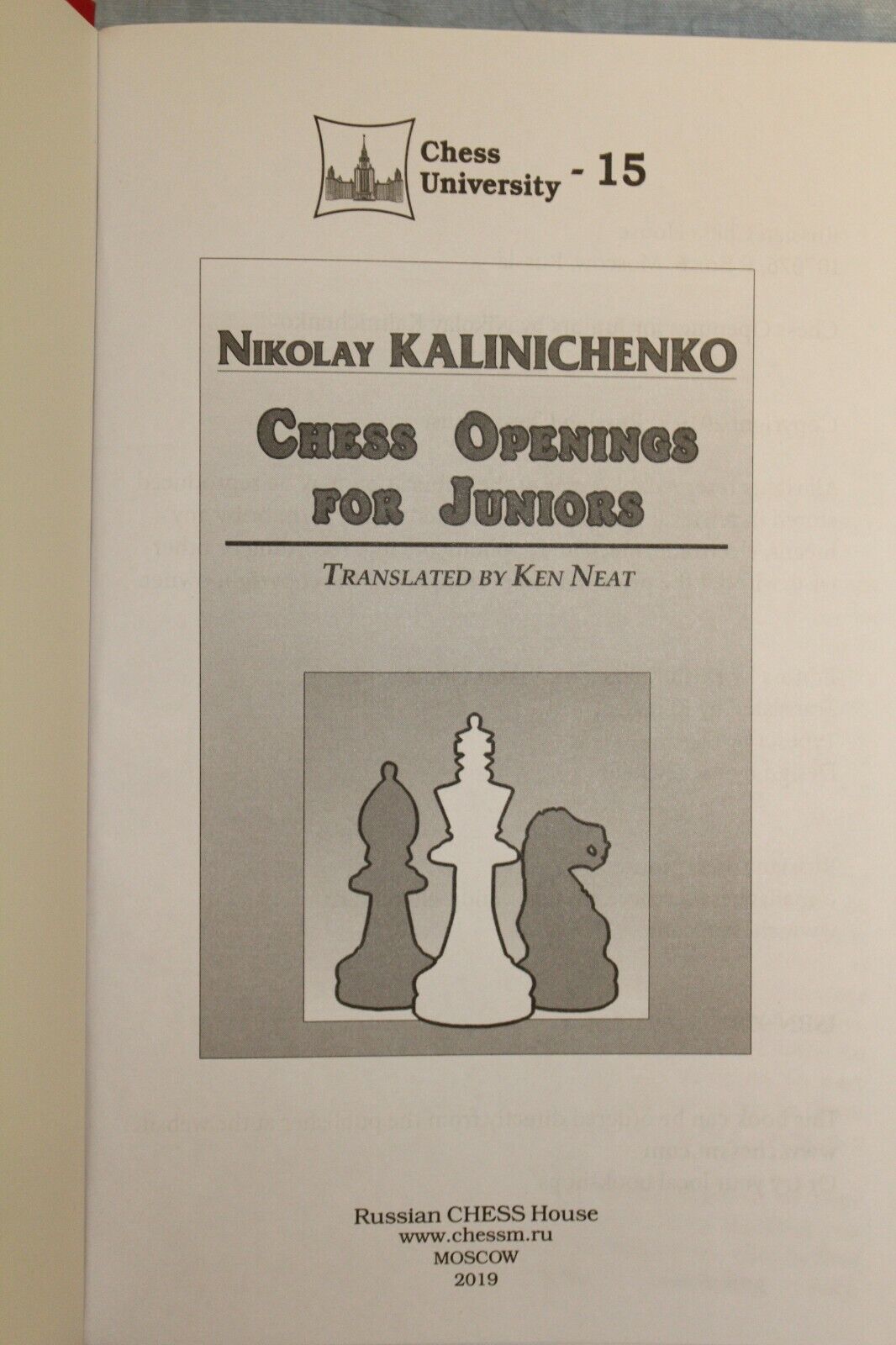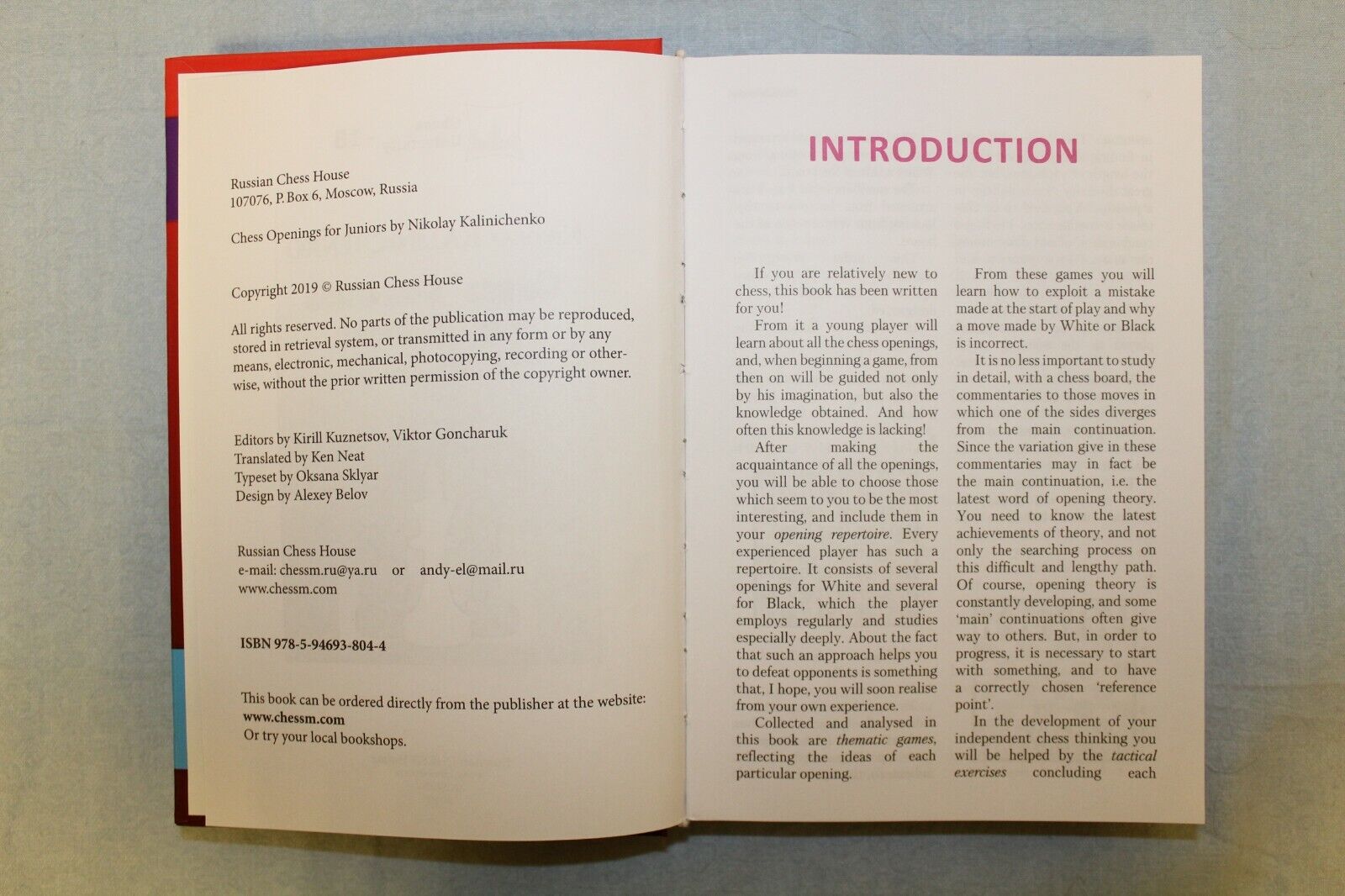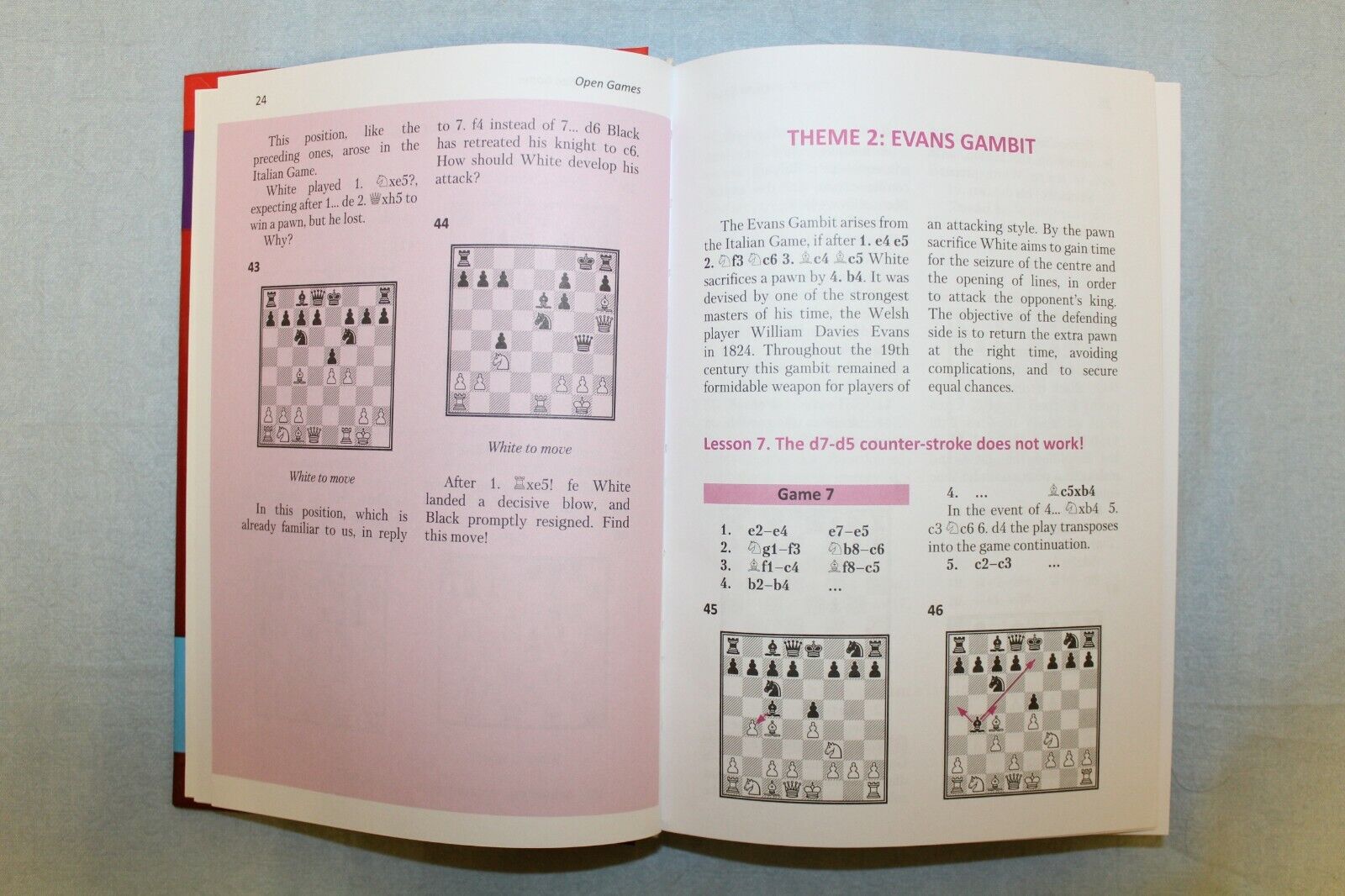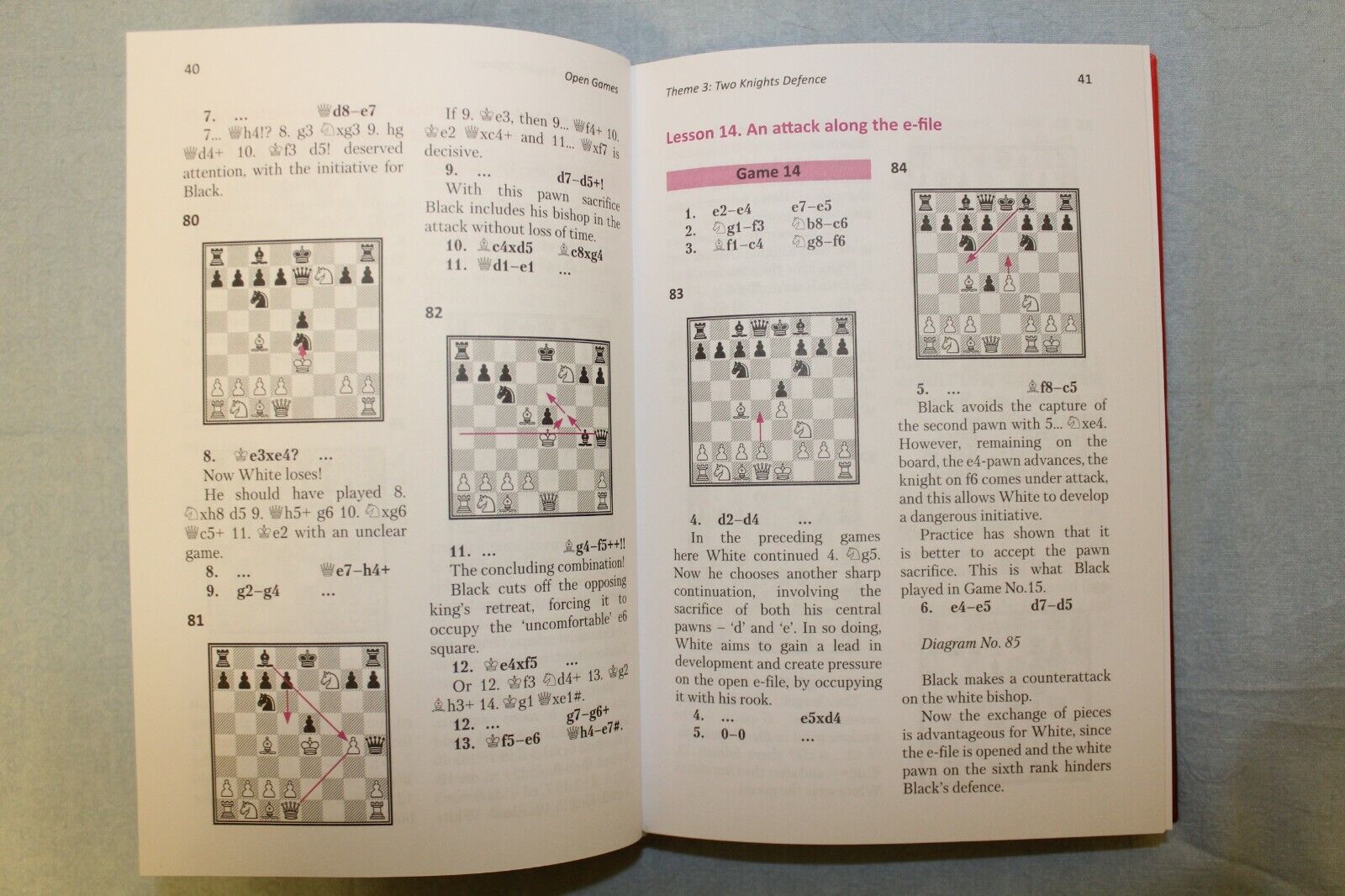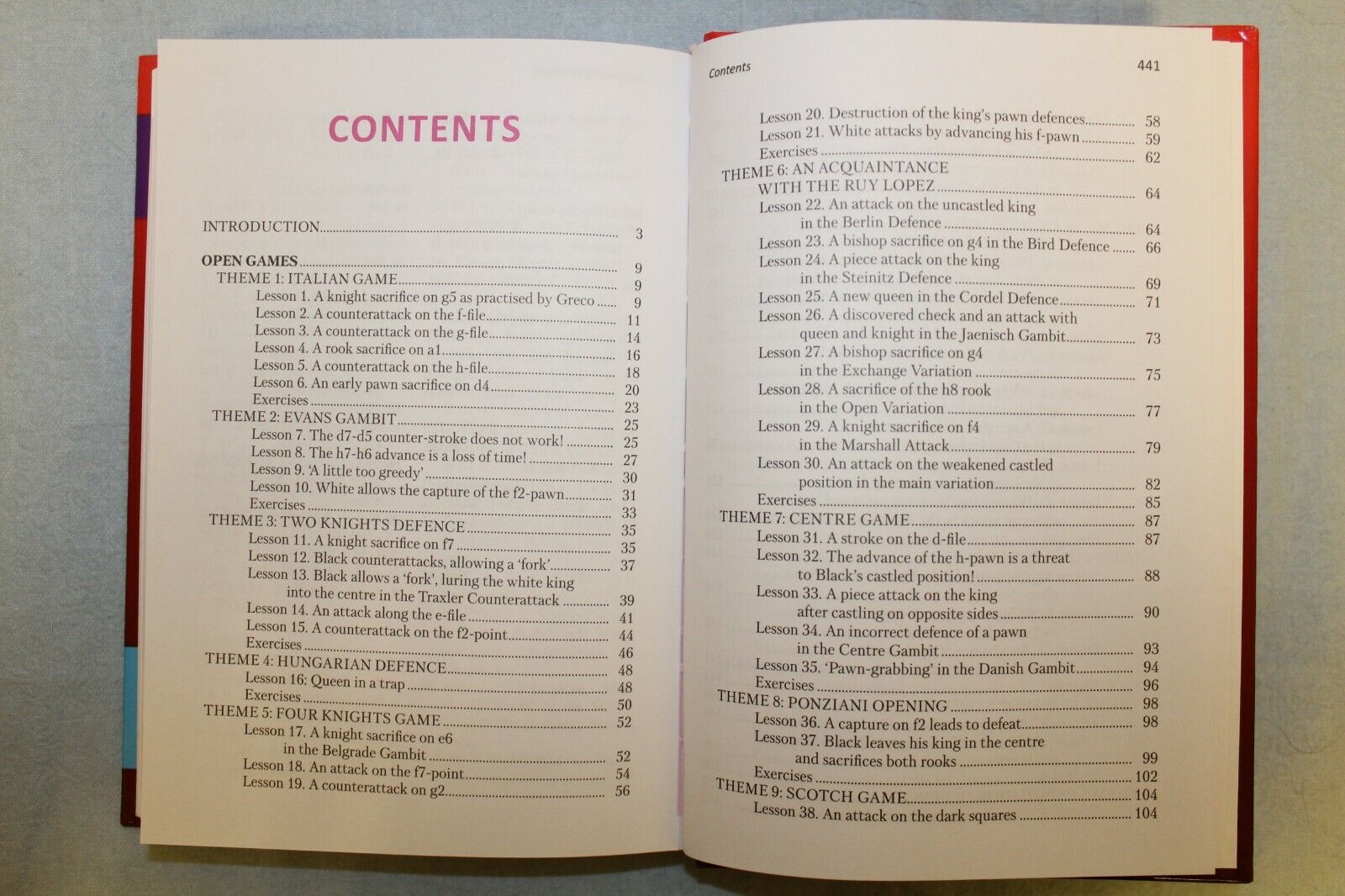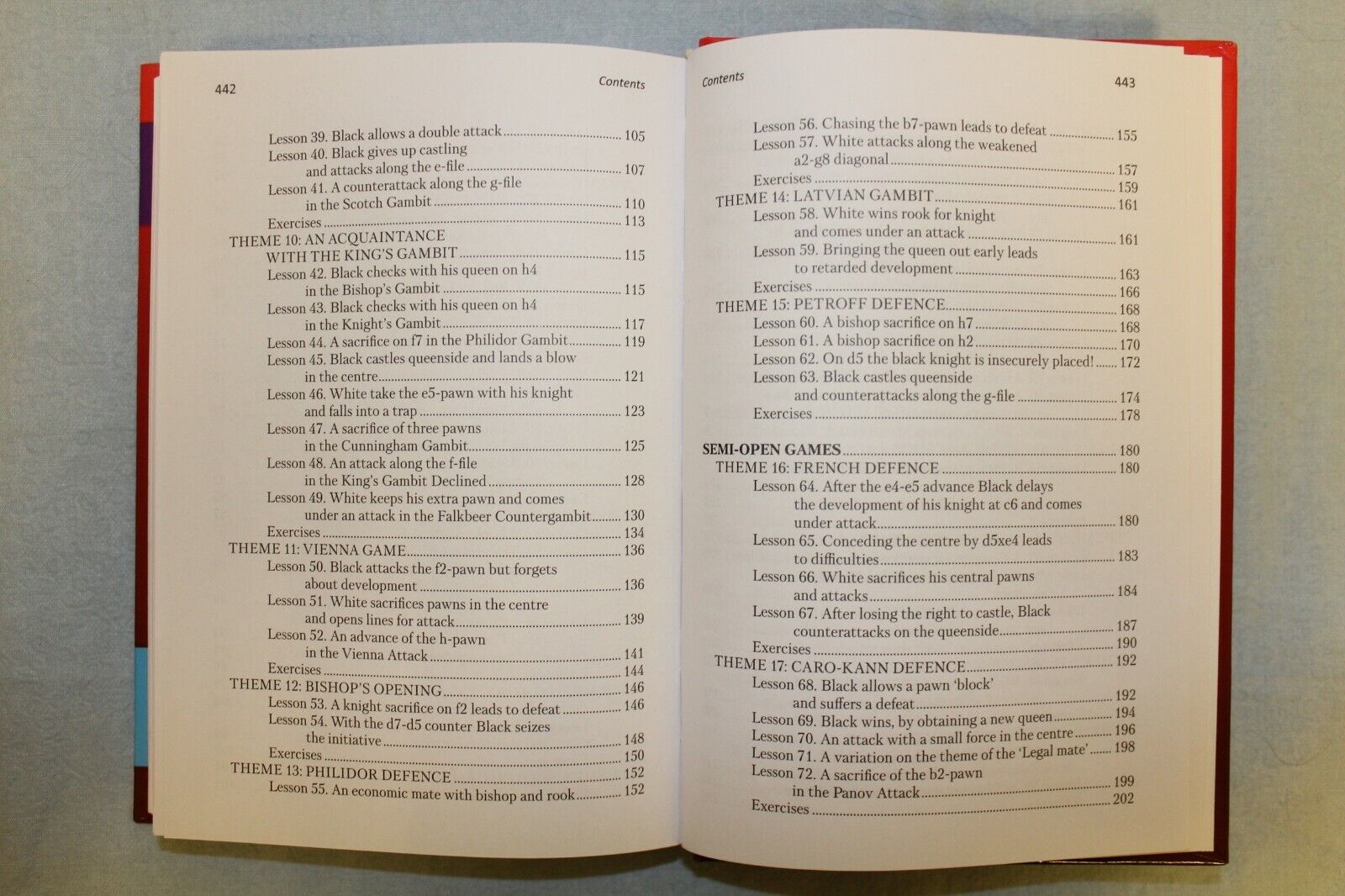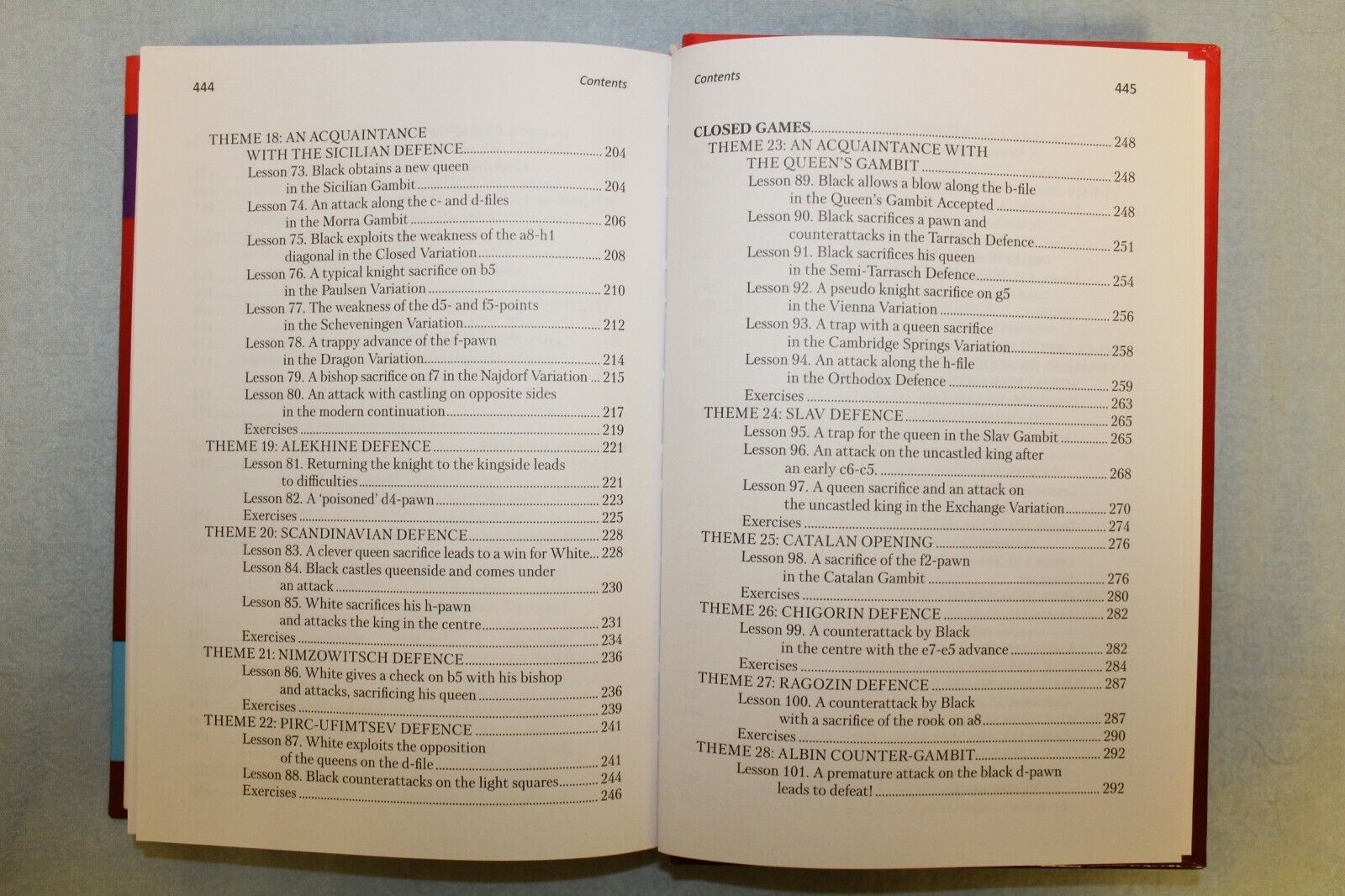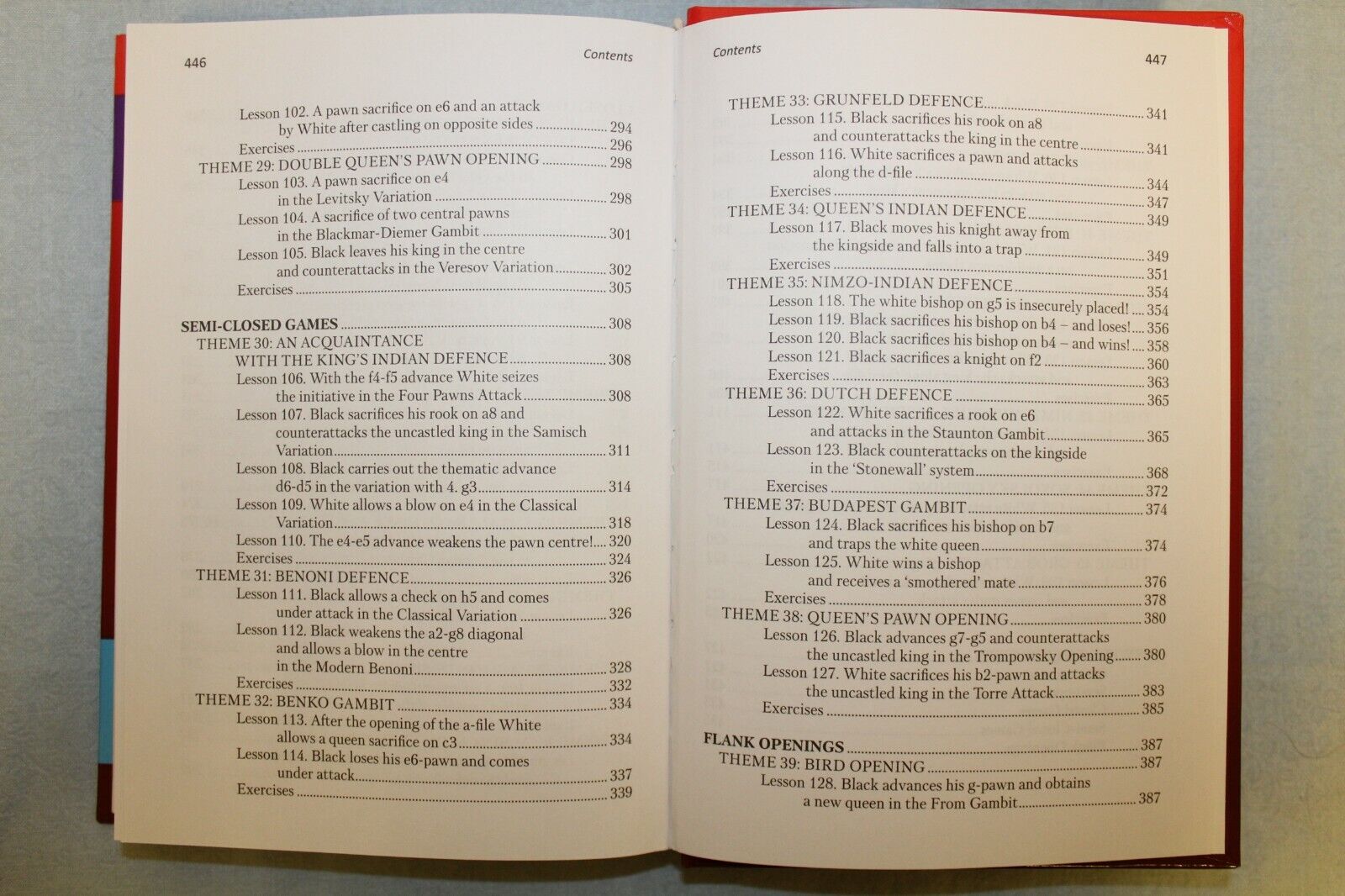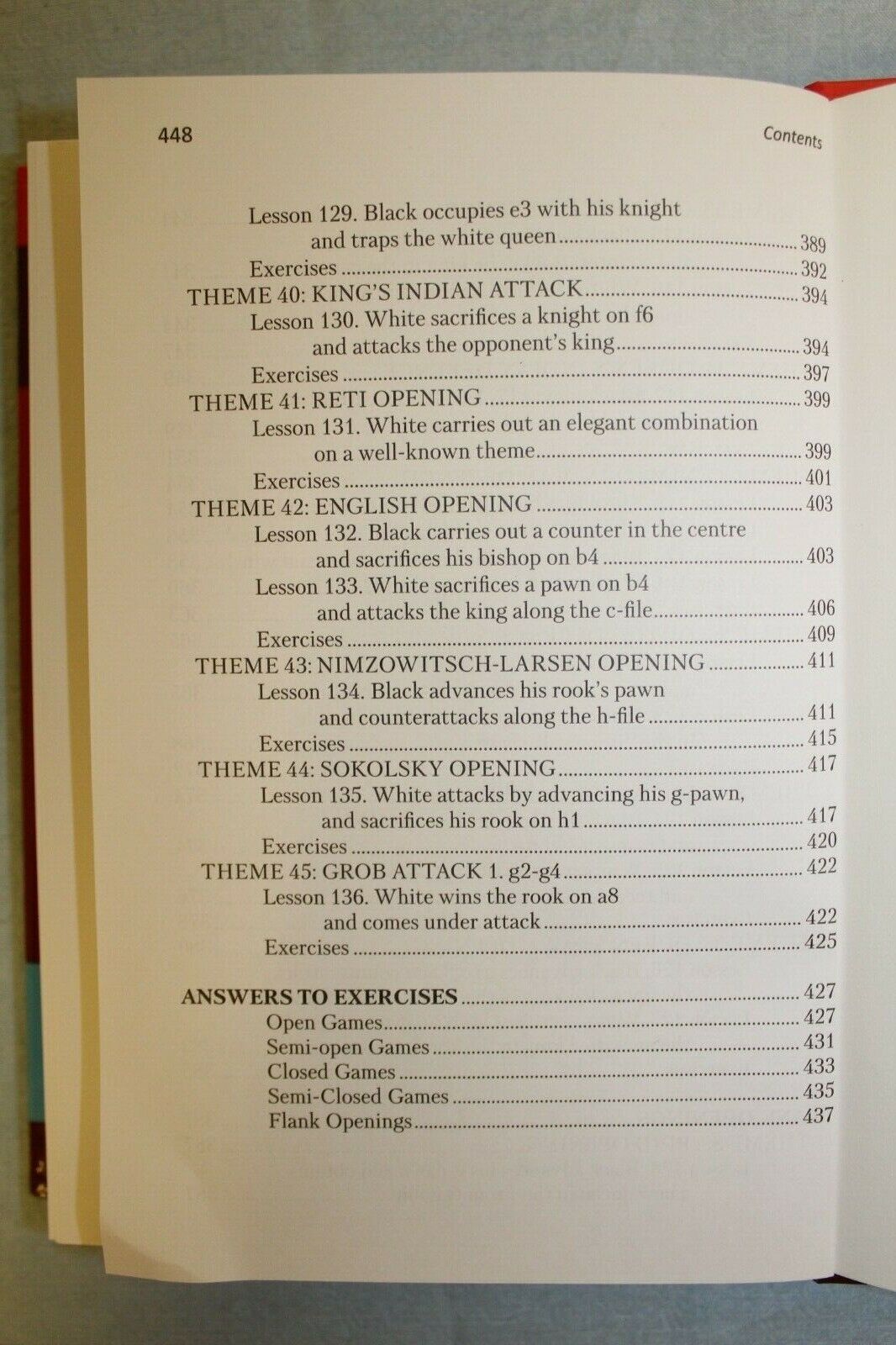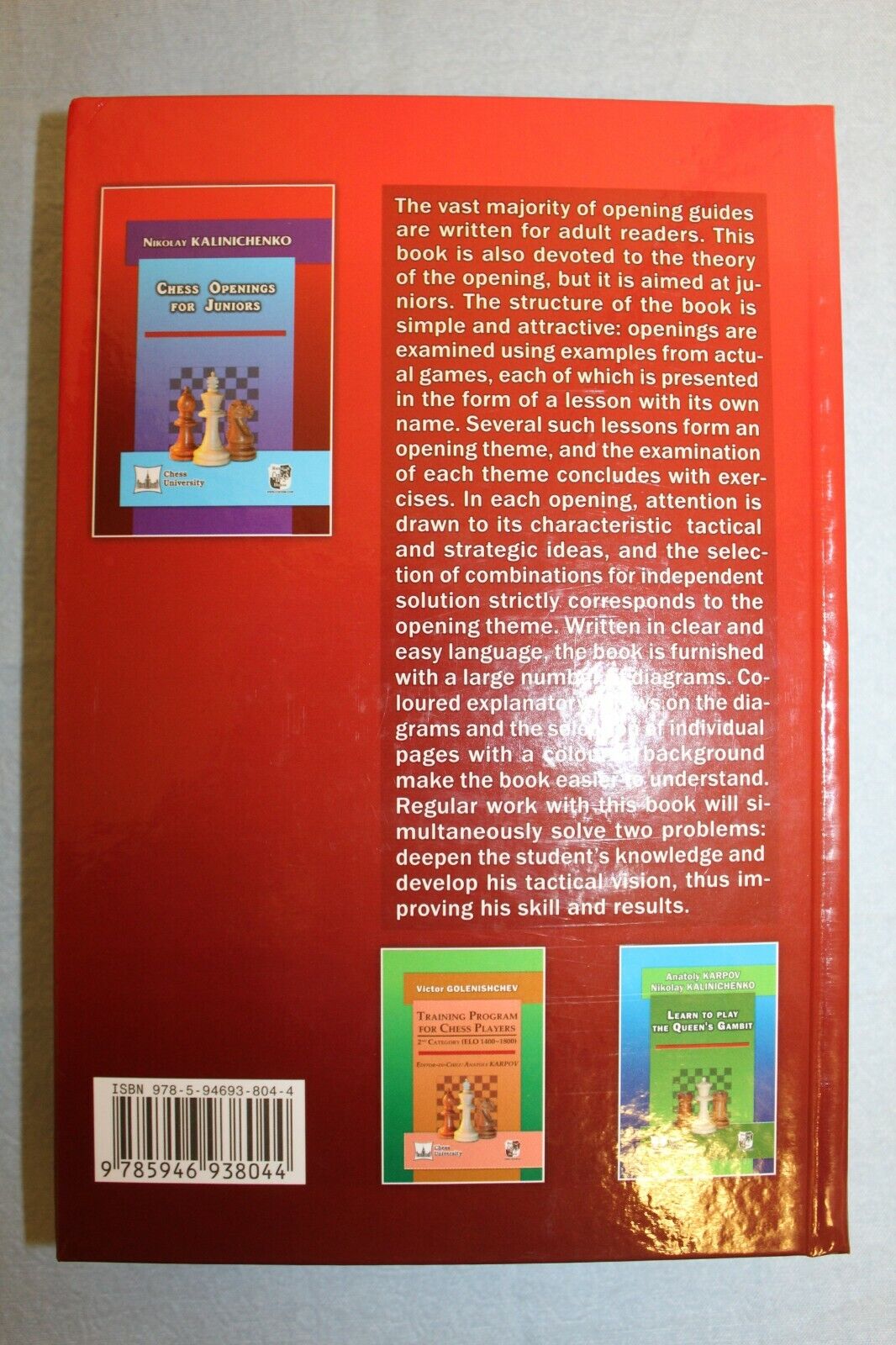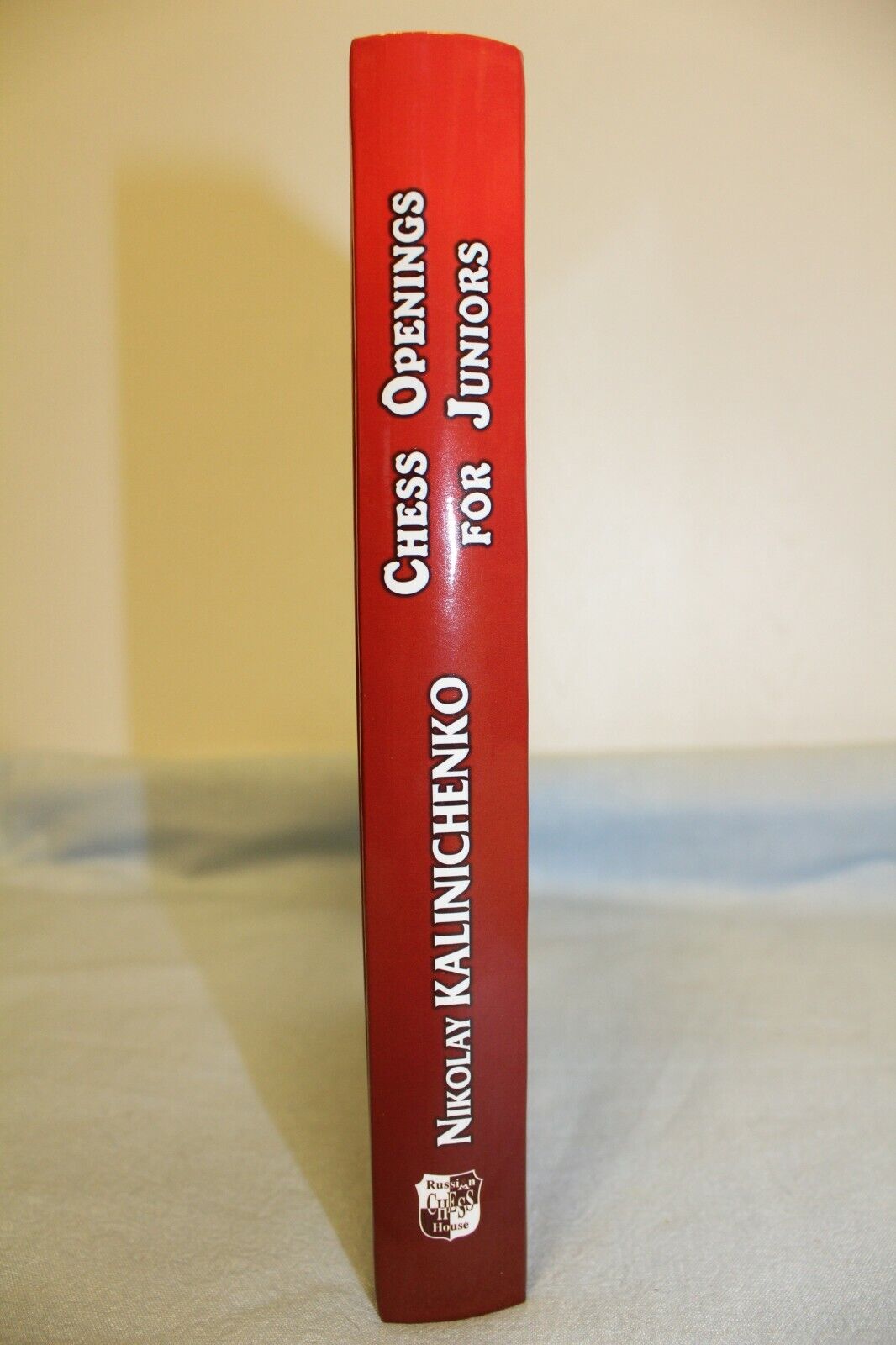Opening Guides: Chess Openings for Juniors. Nikoilay Kalinichenko. 2019
- Author(s): Kalinichenko
24 $
Description:
Author: Nikolay Kalinichenko
Brand New
-
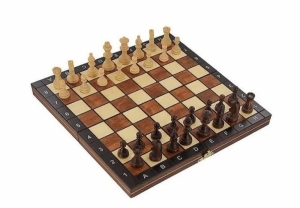 Travel wooden magnetic chess with board / Chess magnetic (Poland) (Wegiel). Markdown
79.33 $
Travel wooden magnetic chess with board / Chess magnetic (Poland) (Wegiel). Markdown
79.33 $
-
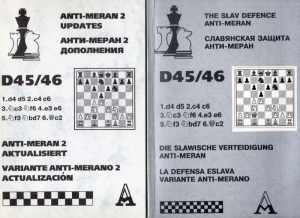 Author:
Author:
Gagarin 11.67 $ -
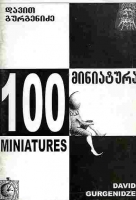 100 miniatures
Author:
100 miniatures
Author:
Gurgenidze 16.67 $ -
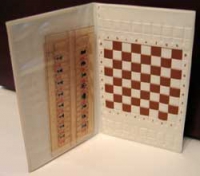 Chess pocket (Czech Republic)
45.00 $
Chess pocket (Czech Republic)
45.00 $
-
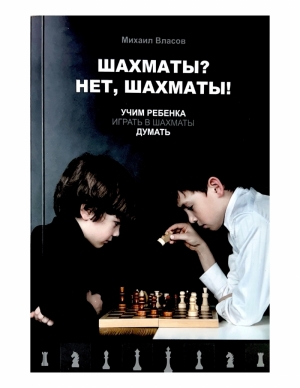 Chess? No, chess!
Author:
Chess? No, chess!
Author:
Vlasov 19.17 $ -
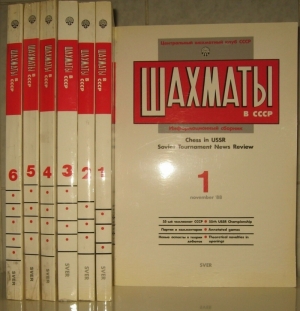 Chess in the USSR. USSR-Italy. A complete set of all seven published books
65.00 $
Chess in the USSR. USSR-Italy. A complete set of all seven published books
65.00 $
-
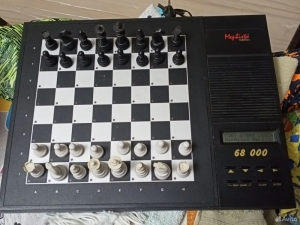 Chess Mephisto 68000. Berlin
733.33 $
Chess Mephisto 68000. Berlin
733.33 $
-
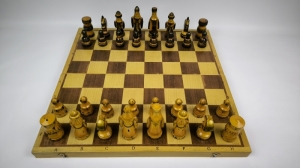 Wooden souvenir chess. THE USSR.
133.33 $
Wooden souvenir chess. THE USSR.
133.33 $
-
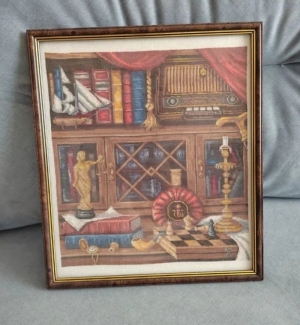 Cross stitch pattern of chess
100.00 $
Cross stitch pattern of chess
100.00 $
-
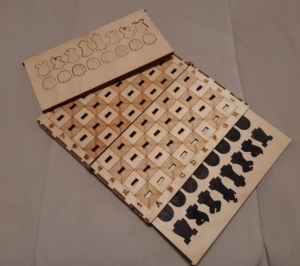 Wooden travel chess. Laser cutting.
46.67 $
Wooden travel chess. Laser cutting.
46.67 $
 Русский
Русский  Английский
Английский 